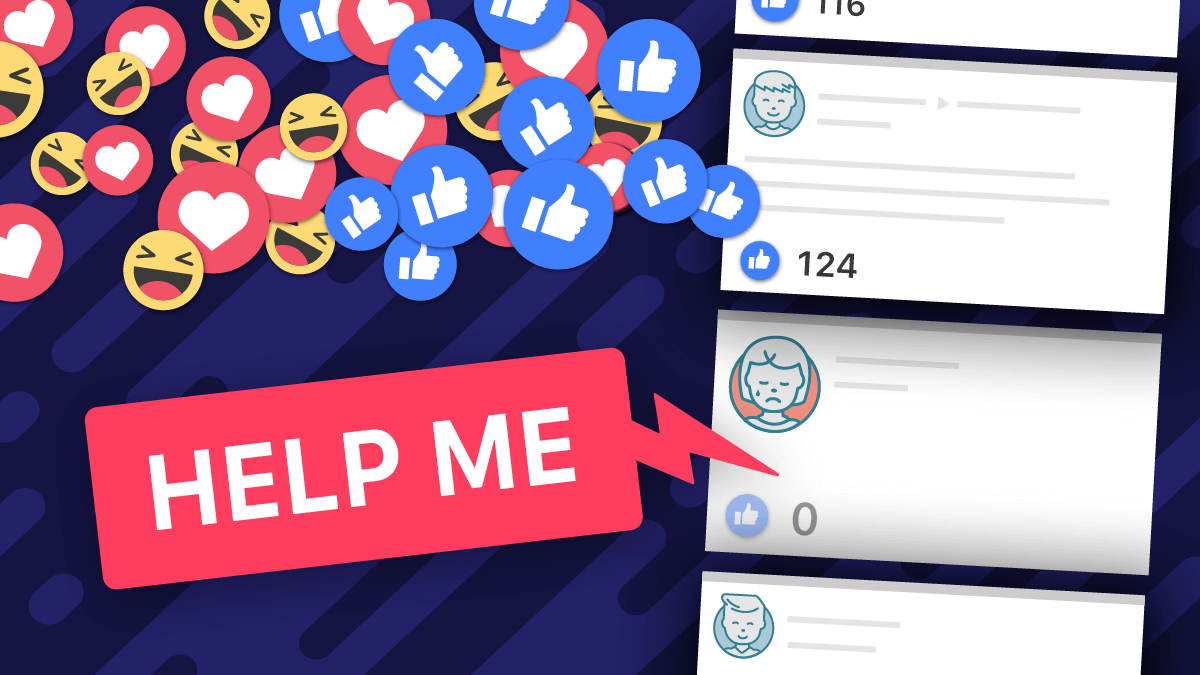Is your phone spying on you? This question runs through the heads of many cell phone users today. For example, when you are checking out a new bag on the internet, all by yourself. The next thing you know, this bag follows you everywhere on the internet, like Facebook, online retailers and even LinkedIn. It is like this bag is stalking you. This is phenomenon is commonly known as targeted advertising (The Goodwill Community Foundation, 2019). What if the same principles of artificial intelligence and neural networks that are used for targeted advertising, could be used for recognizing patterns in the behaviour of millions of suicidal people.
As Brynjolfsson and McAfee (2017) state: artificial intelligence is changing the way we interact with data. Machines are really good in finding patterns in very large data sets, and they can make sense of those patterns much better and easier than humans can (Brynjolfsson and McAfee, 2017). Today, there is still a lot of stigma associated with mental illnesses, and this might be the reason for people to hesitate if they should consult others if they are struggling. The suicide rates are still increasing each year in the United States, even though there is a good way to recognize and reach the people who are struggling (Howard, 2019). There are a few common suicide warning signs, as Howard (2019) discusses in the video below.
The problem is that humans are not very good at detecting these patterns, like changes in someone’s sleep, exercise levels and public interaction. Artificial intelligence and deep learning can learn how to recognize these patterns (Brynjolfsson and McAfee, 2017). By, for example, tracking your social media habits, google searches and sleep data, artificial intelligence can recognize these warning signs and direct you to suicide prevention hotlines and websites. Would that not be amazing?
References
Brynjolfsson, E. and McAfee, A. (2017). The Business Of Artificial Intelligence: What it can – and cannot – do for your organization. Harvard Business Review.
Howard, J. (2019). The US suicide rate is up 33% since 1999. [online] CNN. Available at: https://edition.cnn.com/2019/06/20/health/suicide-rates-nchs-study/index.html [Accessed 9 Oct. 2019].
The Goodwill Community Foundation. (2019). The Now: What is Targeted Advertising?. [online] Available at: https://edu.gcfglobal.org/en/thenow/what-is-targeted-advertising/1/ [Accessed 8 Oct. 2019].


